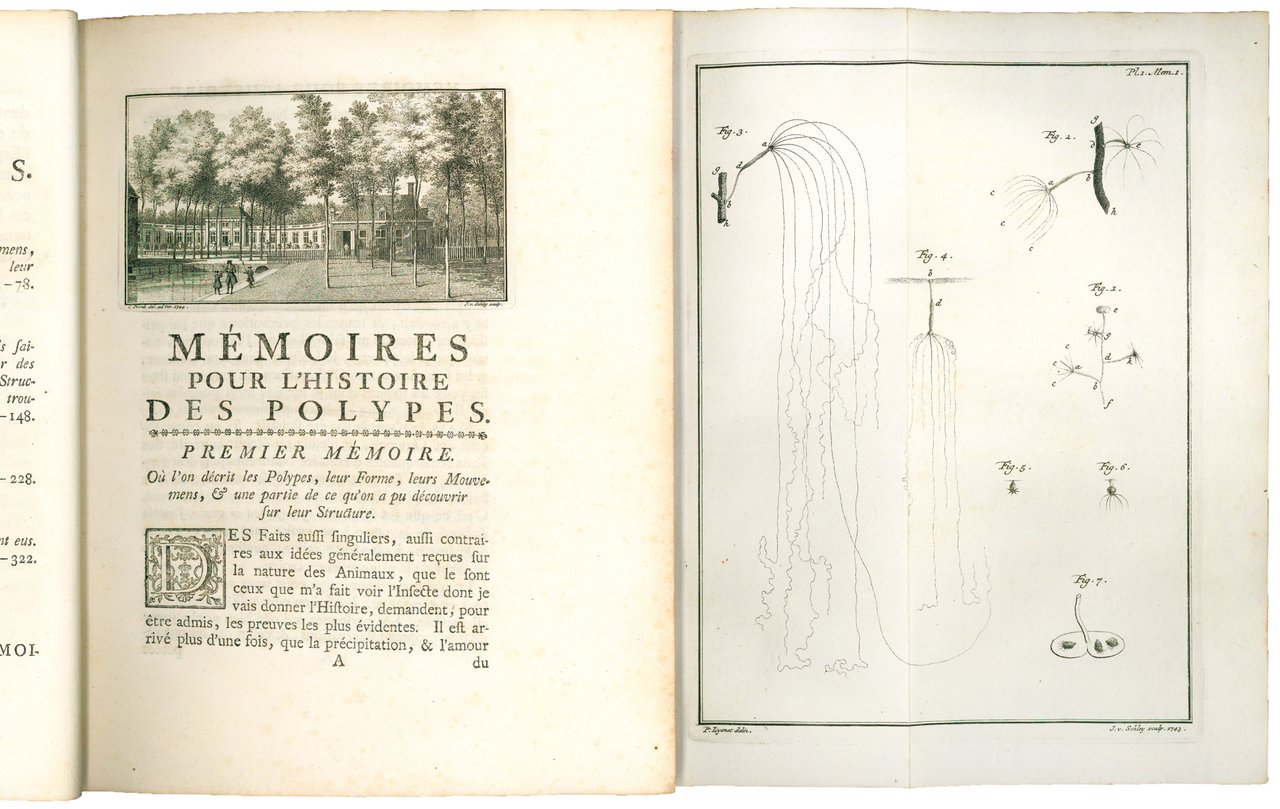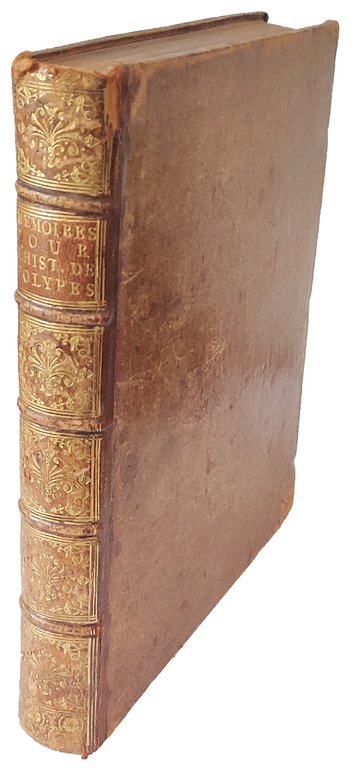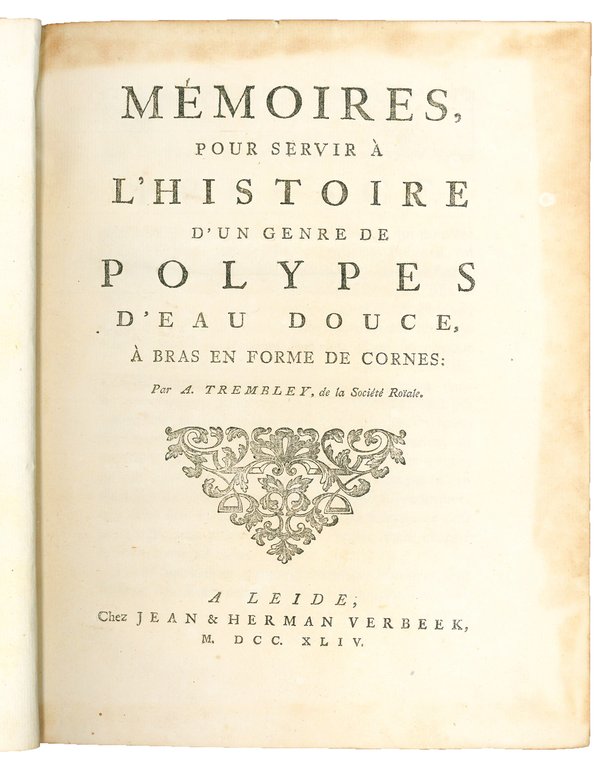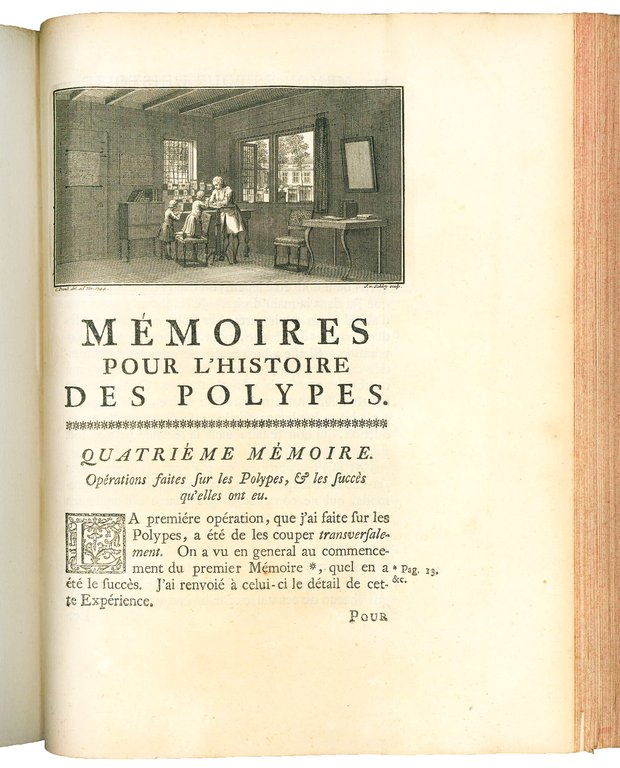



Libri antichi e moderni
TREMBLEY, Abraham (1710-1784)
Mémoires, pour servir à l'histoire d'un genre de polypes d'eau douce, à bras en forme de cornes
Johannes & Hermanus Verbeek, 1744
850,00 €
Govi Libreria Antiquaria
(Modena, Italia)
Le corrette spese di spedizione vengono calcolate una volta inserito l’indirizzo di spedizione durante la creazione dell’ordine. A discrezione del Venditore sono disponibili una o più modalità di consegna: Standard, Express, Economy, Ritiro in negozio.
Condizioni di spedizione della Libreria:
Per prodotti con prezzo superiore a 300€ è possibile richiedere un piano rateale a Maremagnum. È possibile effettuare il pagamento con Carta del Docente, 18App, Pubblica Amministrazione.
I tempi di evasione sono stimati in base ai tempi di spedizione della libreria e di consegna da parte del vettore. In caso di fermo doganale, si potrebbero verificare dei ritardi nella consegna. Gli eventuali oneri doganali sono a carico del destinatario.
Clicca per maggiori informazioniMetodi di Pagamento
- PayPal
- Carta di Credito
- Bonifico Bancario
-
-
Scopri come utilizzare
il tuo bonus Carta del Docente -
Scopri come utilizzare
il tuo bonus 18App
Dettagli
Descrizione
4to (250x200 mm). XV, [1], 324, [2] pp. and 13 folding plates engraved by Jacob van der Schley after Pierre Lyonet. Collation: *-**4, A-I4 K4(-4) L-Ss4. Four nicely illustrated headpieces engraved by Van der Schley after C. Pronk. Four engraved decorative tailpieces. Contemporary calf, richly gilt spine with lettering piece, red edges (worn and rubbed). On the front pastedown bookplate of William Constable. Occasionally slightly browned, title page a bit stained in the margin, overall a good copy.
First edition (a two-volume octavo edition appeared in Paris in the same year) of this work on the hydra, in which Trembley for the first time observes in it asexual reproduction, regeneration, and photosensitivity in an animal without eyes. “Trembley was one of the pioneers of experimental morphology. The above work records how he cut hydras into several pieces, producing new individuals, and how, by cutting up the latter, he obtained a third generation. His experiments were of great importance in the study of the regeneration of lost parts, he was the first to make permanent grafts and to witness cell division” (Garrison-Morton).
Nissen, 4163; Garrison-Morton, 307; Blake 458; Norman, 2094; Waller, 1107.

